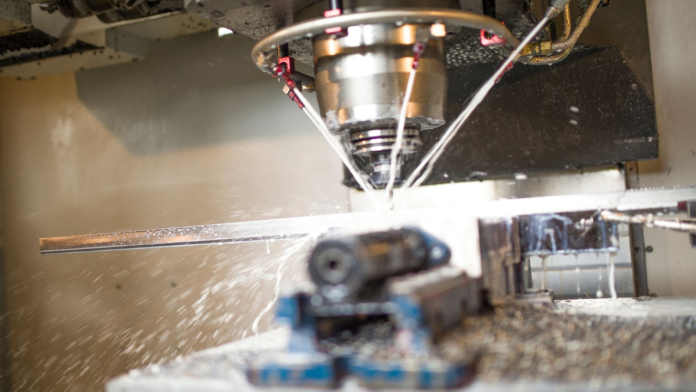The costs associated with CNC milling are complex, involving several factors essential to precision manufacturing. A major portion of the initial capital outlay goes toward purchasing high-precision milling machines and tools. The type of material used will determine the cost of that material; exotic or specialized materials will cost more.
Costs are influenced by programming and setup times, especially for complex designs that require specialized staff and cutting-edge software. To guarantee perfect output, quality control, and inspection are essential, and they call for specific tools and workers. Maintaining control over cnc milling cost while producing accurate, high-quality components for the manufacturing process requires striking a balance between these factors.
Elements That Impact CNC Machining and Milling Costs
Many factors affect the cost of CNC milling and machining, and knowing these factors is essential to budgeting and controlling costs. The following are important factors that influence CNC milling and machining costs:
Material Selection:
A major factor in figuring out how much CNC milling and machining will cost is the material selection. Every material, from plastics and composites to metals like steel and aluminum, has unique qualities. Because of the inherent difficulties in machining exotic or high-performance materials—such as increased tool wear and slower cutting speeds—they are often more expensive. Furthermore, the cost of particular materials can be directly impacted by market demand and availability, which in turn affects overall machining expenses.
Part Complexity:
A major determinant of cost is the part’s complexity during the machining process. Less intricate geometric shapes typically require fewer tool changes and machining time, which lowers the total cost. However, intricate features, tight tolerances, and complex designs necessitate more expensive, time-consuming production processes, specialized tools, and sophisticated machining techniques. The complexity of the parts that manufacturers must make must be carefully assessed, and the trade-offs between cost and complexity must be carefully considered.
Machining Tolerances:
The precision and accuracy needed in the finished machined part are referred to as tight tolerances. Tighter tolerances require more accurate machining techniques, specialized equipment, and painstaking attention to detail. Because of this, parts with tight tolerances frequently cost more because they require more sophisticated machinery to meet these exact specifications, as well as more labor and machine time.
Batch Size and Production Volume:
The cost of CNC milling and machining is directly impacted by the volume of parts produced. The cost per unit drops as the batch size increases due to economies of scale, which are frequently brought about by higher production volumes. In contrast, because they lack volume-related efficiencies, small production runs or one-off prototypes might have higher costs per unit. Because of the economies of scale that come with CNC machining, manufacturers should carefully evaluate their production needs and determine the most economical batch size.
Machining Time:
Because it has a direct impact on labor costs, machine utilization, and overall production efficiency, machining time is a crucial component in the cost calculation. The part’s complexity, the hardness of the material, and the required surface finish all affect how long CNC milling takes. By cutting down on machining time, effective programming and toolpath optimization can help save on expenses. Advanced CNC machines also result in shorter production cycles and greater cost-effectiveness because of their increased cutting speeds and improved accuracy.
Tool Changes and Tooling:
The choice and upkeep of cutting tools have a big influence on CNC milling costs. Although they may cost more upfront, high-quality cutting tools made for particular materials and uses can ultimately save machining costs by increasing efficiency. Furthermore, downtime and labor costs are directly impacted by how frequently tools are changed, which is influenced by elements like material hardness and tool wear. Saving money can be achieved by investing in long-lasting tool materials and optimizing tooling strategies.
Conclusion
Understanding the variables that affect costs is crucial for efficient decision-making and cost control in the field of CNC milling and machining. To meet the demands of the constantly changing manufacturing industry, manufacturers can optimize their production processes, cut costs, and deliver high-quality machined parts by taking into account material selection, part complexity, machining tolerances, batch size, machining time, tooling, and machine capabilities.









